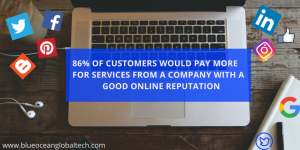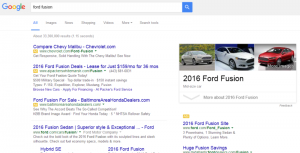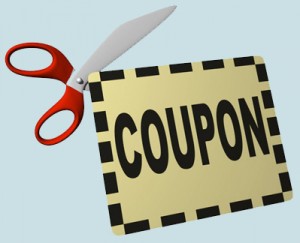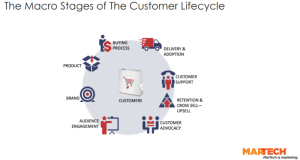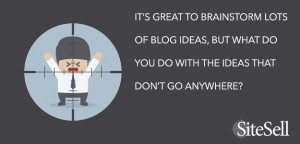Stay on message. The phrase is often used in politics and by politicians, some of whom — even the most skilled and polished — can’t resist the temptation to engage in a discourse that takes them far away from their core message.
Going off message, however, doesn’t only happen in politics. It happens in every walk of life, including business. But this is where it is perhaps most important to be ON message because your job is to tell a story that persuades and influences customers, employees, investors, and more. That’s hard to do with a wandering message.
That’s why it’s always a bit of a shock for me when I run into a company that does not have a legitimate messaging guide, or has an underdeveloped one. After all, unlike your cocktail party stories, which can be spontaneous and unrehearsed — and may, after a cocktail or two, stray from their original message — your business story should be developed, practiced, and delivered with Academy Award-winning, on-message smoothness.
So, how do you create a messaging guide that keeps your entire staff on message? Start with including the following elements.
The company story, NOT the company history
Company story and company history are two very different things.
The company story should reflect not just how and why the company was founded, but it should place the company in a broader historical and cultural context. It should answer the question, “Why are we here today?”
For instance, the Right Source story discusses the birth of the Internet, how it changed consumer behavior, how these changes in consumer behavior altered marketing forever, why content-driven marketing came to the forefront, how marketing technology fits into the mix, and how these massive shifts have transformed the makeup of the modern marketer.
Not until the very end does it discuss how Right Source fits into the larger historical and cultural equation.
The brand ethos
It’s been said that great brands don’t sell products, but rather an ethos. Ethos is something far bigger than just a logo, tagline, website, or color scheme.
Ethos represents what someone should feel or visualize when interacting with your brand. It answers questions like:
- Who are we?
- Who do we serve?
- How are we different?
- What is our organization’s personality?
- What is our promise to funders, clients, and the community?
Ethos establishes that emotional connection with a brand, which even for the most rational decision makers, translates into irrational impulses that sway decisions.
What the company does, NOT a services list
Save the list of services for your website, corporate brochure, or PowerPoint. Your messaging guide need not tell us that your company has 37 lines of business, all award-winning, all led by seasoned experts, all offering unrivaled revenue generation or cost-savings potential.
Your core positioning statement should explain who you are, what you do (in broad terms), how you do it, and how it helps your customers. Some people call this a value proposition, others a unique selling proposition, and others a positioning statement.
This component offers the meat behind the messaging. It should include 2-3 sentences that describe the core value proposition, which provides the foundation for 3-5 messaging pillars that everything else will stand on.
Key messages, NOT a list of benefits
As we get deeper into this list, we move a bit further from pure story, and closer to the why-we’re-different-than-company-X type statements. It starts to feel a little less like storytelling, and a little more like selling.
That being said, each of these 3-5 key messages should establish competitive differentiation, but also contain a mini-story. For instance, a services firm might claim to be a “trusted advisor.” What’s the story behind claiming trusted advisor status, though? The answer has to come from somewhere – perhaps one of the founders dealt with too many vendors that could be relied on for execution, but not as advisors. If that’s the story, make sure you tell it.
Tactical messaging components
After you tackle some of the heavier material – the story, ethos, positioning statement, and key messages – it’s time to focus on the pure tactical elements of a messaging guide. Needs differ from company to company, but tactical components can include:
- Boilerplate paragraph (for press releases)
- Elevator pitch
- Descriptive sentences/testimonials
- Word cloud
- Unique selling proposition
- Taglines
- Mission statement
- Vision statement
- Buyer personas and matching solutions
You may even develop multiple versions of each of these. For instance, the elevator pitch for one vertical may be different than the elevator pitch for another vertical.
The most important thing to remember is that messaging should come before content production starts. I’ve seen plenty of websites, eBooks and corporate presentations developed in the absence of core messaging, and it rarely goes well.
If you want to stay on message, and keep your entire workforce on message, it starts with developing a legitimate, well-thought-out messaging guide. There is NO replacement. There are NO shortcuts.
Business Articles | Business 2 Community
(332)
